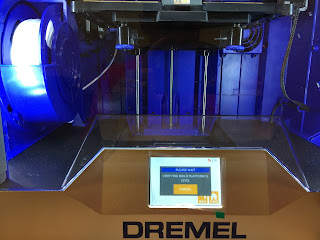This lesson was created for our 3D Printing students as a lesson that went along with a contest found on Pinshape.com. The contest was based around printing an object that worked with electronics. In my robotics class, we had been working with Makey Makeys to create controllers for handicapped students. This was used as an introductory lesson to teach students the basics of how controllers work and circuitry.
Combining these projects seemed to be the natural progression of the lesson. All students, no matter if they have disabilities of not, like to play games. Having kits like the Makey Makey make it really easy for our students to create controllers that are customizable enough for them to play.
Each student was given a scenario, where they had to design a controller for a student who had a disability. The scenarios were different for each group. One group might design a controller for a student who was born with one hand and one leg, another might have a student with no hands, or maybe their student had MS. Regardless, of the scenario, the students had to design a controller for their student.
Their controller had to be flexible enough to play different types of games on it. The students tested their controller out on Pacman on Google. However, they also had to make sure they had at least an A and a B button.
Once they designed their controller, they then had to design a system that could house their controller. We wanted to make sure this was flexible enough where the parents of these students could print this out and adjust as needed, but we also realized that parents would probably want something to make this easy enough where they would not have to set this up each time.
This project worked really well for us, and I think you'll agree the results turned out great.





